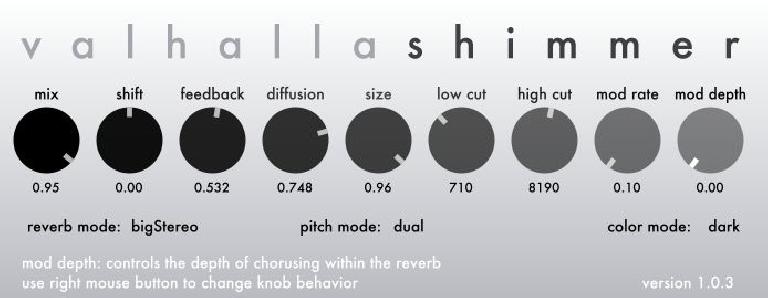

Let me put it this way…not every singer has a golden voice. And this is where most of your work is focused. Vocal EQ work is performed to enhance the vocals so they sound best in our environment as well as within the band and within the song. Reduce sibilance around 5 kHz to 8 kHz.Add a high shelf around 9 kHz & a high roll off around 18 kHz.Roll off the low-end starting around 90 Hz.If your vocal starts to sound a little more thin and lifeless, you’ve likely cut too much. And once the vocal sounds worse, it’s easy for that to turn into a vicious cycle. Too much EQ can make your vocal sound much worse. For me, it’s all about that bypass switch when it comes to EQs. It’s a union thing… everything, of course. With EQ, you can adjust the volume level of a frequency (or range of frequencies) within a sound, which in turn allows you to cure a sound – or sometimes even entire songs – of its imperfections. What is EQ music?Įqualization – or EQ – is one of the most well-known forms of audio processing in music production. Modulation effects such as chorus, flangers, phasers typically come next in the chain. Gain based effects such as and overdrive/distortion pedals come next. What order should effects be in?ĭynamics (compressors), filters (wah), pitch shifters, and Volume pedals typically go at the beginning of the signal chain. But if its set very dry(like 3% wet) and you pay attention to the lows and the size and decay, then it can help make everything gel together really well. Should I put reverb on the master?Ī reverb on the master is the same as using a reverb send, just you cant set the individual levels for it. Some reverb plug-ins will even contain an onboard input EQ to do this. But for the reason mentioned above, EQing before the reverb is recommended. It’s certainly an option to EQ after the reverb plug-in, which can be helpful to tame unwanted resonances. Over time, producers have discovered that you get a better sound if you put reverb towards the end of the signal chain, after EQ and compression. When you’re looking at the signal flow of a track you’re mixing or mastering, it’s better to have the reverb fall after the equalizer in the path. Use it to make your tracks stand out, but don’t make the reverb be the thing that stands out. You Use Too Much Too much reverb drowns out your mix and makes everything sound “floaty” (for a lack of a better term). The reverb needs to be on a seperate bus. Then, add an EQ and a reverb to that bus track. Create a send on the instrument(s) you want to add reverb to, and set the output to an empty bus. To EQ your reverb, you’ll need to make sure you’re using a reverb bus. Think of this like a cohesive glue that places sounds into one real space. The main purpose of a room reverb is to for most or all elements of your mix to have a shared space. Most room reverbs are an emulation of a studio room designed for the purpose of having a specific sound to them. Halls, churches and plates can be great candidates for this task, but whichever type of reverb algorithm you choose, set a relatively long decay, maybe 4 or 5 seconds. Because of their slower tempos, ballads are often good places to try more extended and involved reverbs.


 0 kommentar(er)
0 kommentar(er)
